Welcome to a fun dive into little-known trivia about one of literature’s greatest minds, Leo Tolstoy. Today, we’re focusing on the surprising and intriguing facts behind his epic novel War and Peace. Whether you’re a devoted fan of Tolstoy or new to his works, these insights will add an extra layer of appreciation for this literary masterpiece.
Leo Tolstoy’s War and Peace is known for its grand scope and profound depth, but did you know that this monumental work was first introduced under a much less grand title? Initially, Tolstoy named his novel 1805, after the year in which much of the novel’s early action is set. While 1805 accurately captures the historical context, it lacks the epic resonance that War and Peace eventually came to embody. The title change to War and Peace undoubtedly contributed to the book’s enduring legacy and global recognition.
War and Peace is often noted for its length, with some editions exceeding 1,200 pages. The novel spans several decades, intertwining the lives of its numerous characters with the historical events of the Napoleonic Wars. Tolstoy’s meticulous research and attention to historical detail make the novel a work of fiction and a valuable historical document. The depth of character development and exploration of philosophical themes contribute to its status as a timeless classic.
Tolstoy’s approach to writing War and Peace was as epic as the novel. He spent years researching the historical context, reading numerous historical texts, and visiting battlefields. Tolstoy also revised the manuscript multiple times, with some estimates suggesting he rewrote parts of the novel seven times. His dedication to authenticity and detail is evident in the vivid descriptions and complex characters that populate the pages of War and Peace.
Many events and characters in War and Peace were inspired by real-life experiences and people in Tolstoy’s life. Tolstoy served in the Russian army during the Crimean War, and his firsthand knowledge of military life informed his depiction of the Napoleonic Wars. Additionally, some characters are thought to be based on members of Tolstoy’s own family and acquaintances, adding a layer of personal authenticity to the narrative.
Beyond its historical and literary merits, War and Peace delves deeply into philosophical questions about free will, history, and the nature of war. Tolstoy’s exploration of these themes reflects his evolving views on life and society. The novel challenges readers to think critically about the forces that shape human destiny and the moral complexities of war and peace.
When War and Peace was first published, it received mixed reviews. Some critics were overwhelmed by its length and complexity, while others praised its ambition and depth.
Over time, however, the novel has come to be regarded as one of the greatest works of literature ever written. Its influence extends beyond the literary world, impacting historical studies, philosophy, and modern storytelling.
An interesting trivia about Tolstoy is that he holds a record for the shortest correspondence in literary history. When War and Peace was published, Tolstoy was eager to know how it was received. He sent a single-character telegram to his publisher: “?”. The publisher replied with an equally succinct “!”. This brief exchange perfectly captured Tolstoy’s anticipation and the publisher’s positive response, marking the novel’s success.
War and Peace is a testament to Tolstoy’s literary genius and profound understanding of human nature. The novel’s rich tapestry of characters, historical accuracy, and philosophical depth ensure its place in the pantheon of literary masterpieces.
I hope these fun trivia facts have deepened your appreciation for Tolstoy and his monumental work.
We Don’t Want to Write the Laws; We Want to Publish the Books
Publication Consultants: The Synonym for Book Publishing—https://publicationconsultants.com



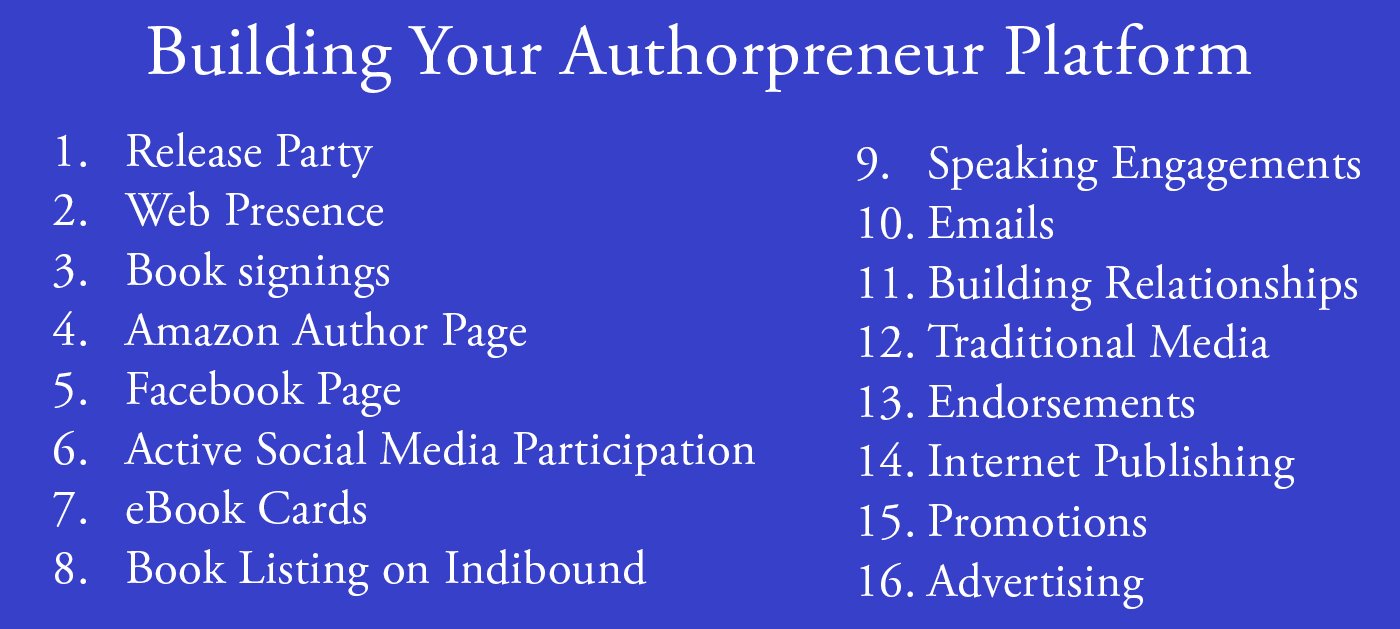
 This is Publication Consultants’ motivation for constantly striving to assist authors sell and market their books. Author Campaign Method (ACM) of sales and marketing is Publication Consultants’ plan to accomplish this so that our authors’ books have a reasonable opportunity for success. We know the difference between motion and direction. ACM is direction! ACM is the process for authorpreneurs who are serious about bringing their books to market. ACM is a boon for them.
This is Publication Consultants’ motivation for constantly striving to assist authors sell and market their books. Author Campaign Method (ACM) of sales and marketing is Publication Consultants’ plan to accomplish this so that our authors’ books have a reasonable opportunity for success. We know the difference between motion and direction. ACM is direction! ACM is the process for authorpreneurs who are serious about bringing their books to market. ACM is a boon for them. Release Party
Release Party Web Presence
Web Presence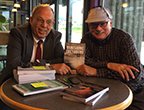 Book Signings
Book Signings Facebook Profile and Facebook Page
Facebook Profile and Facebook Page Active Social Media Participation
Active Social Media Participation Ebook Cards
Ebook Cards The Great Alaska Book Fair: October 8, 2016
The Great Alaska Book Fair: October 8, 2016


 Costco Book Signings
Costco Book Signings eBook Cards
eBook Cards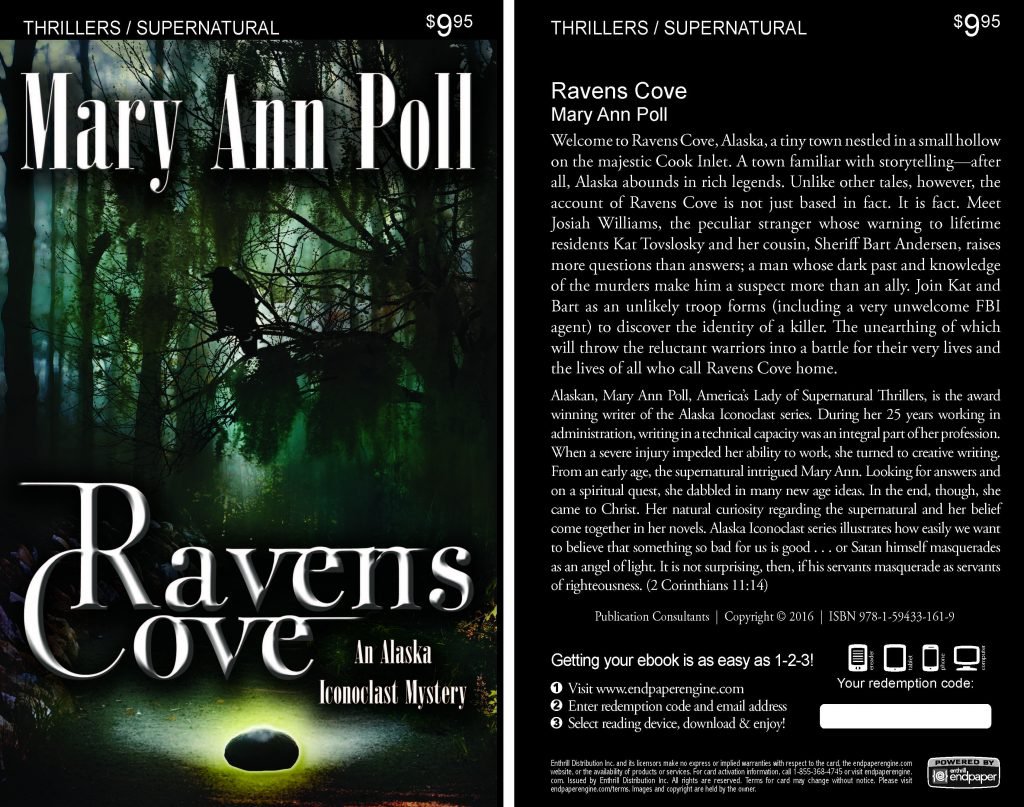

 Benjamin Franklin Award
Benjamin Franklin Award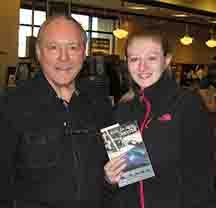 Jim Misko Book Signing at Barnes and Noble
Jim Misko Book Signing at Barnes and Noble
 Cortex is for serious authors and will probably not be of interest to hobbyists. We recorded our Cortex training and information meeting. If you’re a serious author, and did not attend the meeting, and would like to review the training information, kindly let us know. Authors are required to have a Facebook author page to use Cortex.
Cortex is for serious authors and will probably not be of interest to hobbyists. We recorded our Cortex training and information meeting. If you’re a serious author, and did not attend the meeting, and would like to review the training information, kindly let us know. Authors are required to have a Facebook author page to use Cortex. Correction:
Correction: This is Publication Consultants’ motivation for constantly striving to assist authors sell and market their books. ACM is Publication Consultants’ plan to accomplish this so that our authors’ books have a reasonable opportunity for success. We know the difference between motion and direction. ACM is direction! ACM is the process for authors who are serious about bringing their books to market. ACM is a boon for serious authors, but a burden for hobbyist. We don’t recommend ACM for hobbyists.
This is Publication Consultants’ motivation for constantly striving to assist authors sell and market their books. ACM is Publication Consultants’ plan to accomplish this so that our authors’ books have a reasonable opportunity for success. We know the difference between motion and direction. ACM is direction! ACM is the process for authors who are serious about bringing their books to market. ACM is a boon for serious authors, but a burden for hobbyist. We don’t recommend ACM for hobbyists.

 We’re the only publisher we know of that provides authors with book signing opportunities. Book signing are appropriate for hobbyist and essential for serious authors. To schedule a book signing kindly go to our website, <
We’re the only publisher we know of that provides authors with book signing opportunities. Book signing are appropriate for hobbyist and essential for serious authors. To schedule a book signing kindly go to our website, < We hear authors complain about all the personal stuff on Facebook. Most of these complaints are because the author doesn’t understand the difference difference between a Facebook profile and a Facebook page. Simply put, a profile is for personal things for friends and family; a page is for business. If your book is just a hobby, then it’s fine to have only a Facebook profile and make your posts for friends and family; however, if you’re serious about your writing, and it’s a business with you, or you want it to be business, then you need a Facebook page as an author. It’s simple to tell if it’s a page or a profile. A profile shows how many friends and a page shows how many likes. Here’s a link <> to a straight forward description on how to set up your author Facebook page.
We hear authors complain about all the personal stuff on Facebook. Most of these complaints are because the author doesn’t understand the difference difference between a Facebook profile and a Facebook page. Simply put, a profile is for personal things for friends and family; a page is for business. If your book is just a hobby, then it’s fine to have only a Facebook profile and make your posts for friends and family; however, if you’re serious about your writing, and it’s a business with you, or you want it to be business, then you need a Facebook page as an author. It’s simple to tell if it’s a page or a profile. A profile shows how many friends and a page shows how many likes. Here’s a link <> to a straight forward description on how to set up your author Facebook page.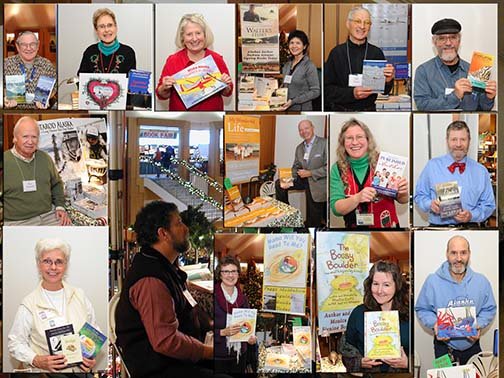



 Mosquito Books has a new location in the Anchorage international airport and is available for signings with 21 days notice. Jim Misko had a signing there yesterday. His signing report included these words, “Had the best day ever at the airport . . ..”
Mosquito Books has a new location in the Anchorage international airport and is available for signings with 21 days notice. Jim Misko had a signing there yesterday. His signing report included these words, “Had the best day ever at the airport . . ..”


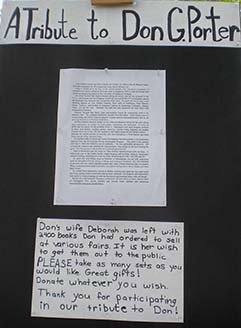
 The Lyin Kings: The Wannabe World Leaders
The Lyin Kings: The Wannabe World Leaders
 Time and Tide
Time and Tide


 ReadAlaska 2014
ReadAlaska 2014 Readerlink and Book Signings
Readerlink and Book Signings
 2014 Independent Publisher Book Awards Results
2014 Independent Publisher Book Awards Results

 Bonnye Matthews Radio Interview
Bonnye Matthews Radio Interview
 Rick Mystrom Radio Interview
Rick Mystrom Radio Interview When he published those overseas blogs as the book The Innocents Abroad, it would become a hit. But you couldn’t find it in bookstores.
When he published those overseas blogs as the book The Innocents Abroad, it would become a hit. But you couldn’t find it in bookstores. More NetGalley
More NetGalley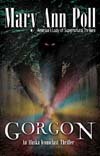 Mary Ann Poll
Mary Ann Poll
 Bumppo
Bumppo
 Computer Spell Checkers
Computer Spell Checkers Seven Things I Learned From a Foreign Email
Seven Things I Learned From a Foreign Email 2014 Spirit of Youth Awards
2014 Spirit of Youth Awards Book Signings
Book Signings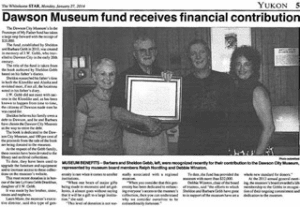

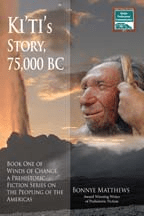
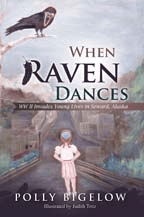 Blog Talk Radio
Blog Talk Radio Publication Consultants Blog
Publication Consultants Blog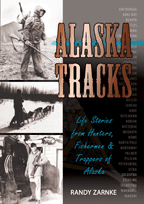 Book Signings
Book Signings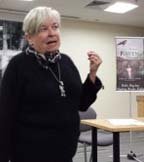
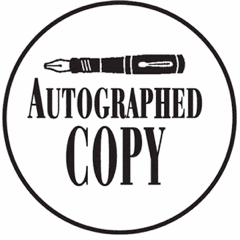
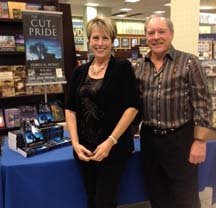

 Don and Lanna Langdok
Don and Lanna Langdok Ron Walden
Ron Walden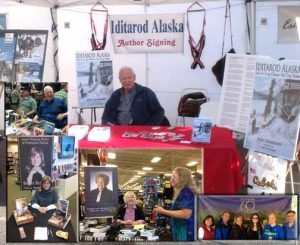 Book Signings Are Fun
Book Signings Are Fun Release Party Video
Release Party Video
 Erin’s book,
Erin’s book,  Heather’s book,
Heather’s book,  New Books
New Books